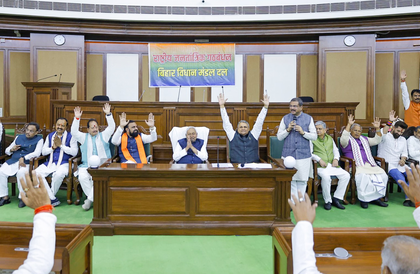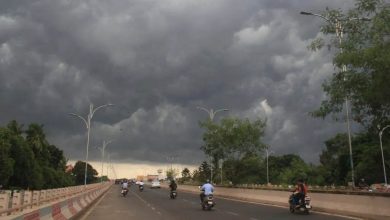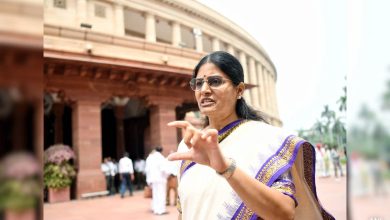Bihar 2025: A story of big wins, close losses and vote percentages

New Delhi, The dramatic turnout, stark differences in voter turnout, and gender-based voting patterns in the 2025 Bihar Assembly Elections paint a diverse picture of democratic participation across the state.
While many constituencies recorded landslide victories, others were decided by narrow margins, highlighting both a sweeping mandate and a closely contested contest. The largest victory margin was recorded in Rupauli, where the JDU secured a massive 73,572-vote lead over the RJD, the largest victory of the election.
Following this was the BJP’s resounding victory in Digha by 59,079 votes and the LJP’s victory in Supaul by 58,191 votes. The JDU’s Gopalpur and the BJP’s Aurai rounded out the top five, both winning by over 57,000 votes.
In contrast, Sandesh witnessed the tightest contest, where the JD(U) defeated the RJD by just 27 votes—the narrowest margin in the 2025 elections. In Ramgarh, the BSP candidate won by 30 votes, while in Agiaon (SC), the BJP secured victory by just 95 votes. In two other constituencies, Nabinagar and Dhaka, the margin of votes was less than 200, making them among the most closely contested seats.
The voting pattern revealed a deep divide. Kasba recorded the highest voter turnout at 81.97 percent, ahead of a cluster of high-voting constituencies like Barari, Thakurganj, Pranpur, and Kishanganj—all of which recorded over 80 percent.
Meanwhile, Patna’s urban areas recorded the lowest voter turnout. Kumhrar recorded the lowest voter turnout at 40.22 percent, followed by Bankipur (41.39 percent) and Digha (42.84 percent). Women voters showed exceptional mobilization in several Seemanchal constituencies. Thakurganj topped the list with a 90.27 percent female voter turnout, followed by Kochadhaman (89.22 percent) and Pranpur (88.99 percent).
On the other hand, women’s participation was lowest in Patna’s urban areas: only 39.13 percent in Kumhrar, the lowest in the state. Male voter turnout was highest in Purnia, where 79.66 percent of male voters cast their votes, while Kumhrar again recorded the lowest male voter turnout at 41.07 percent. With huge margins in some seats and narrow victories in others, the Bihar 2025 elections showcased both a decisive mandate and intense constituency-level contests, reshaping the state’s political landscape.




